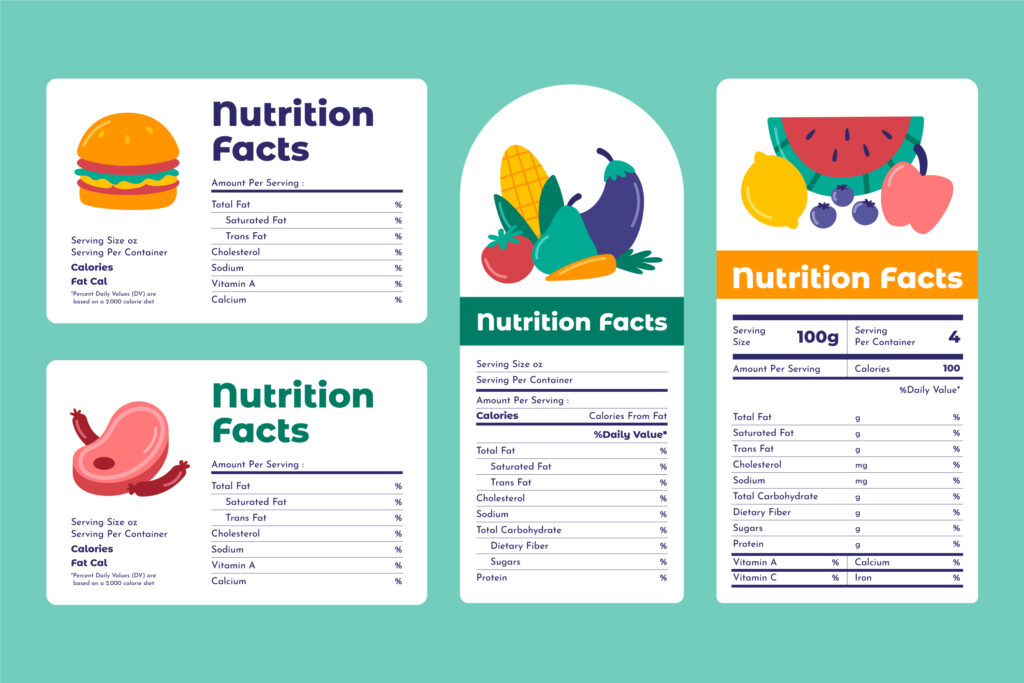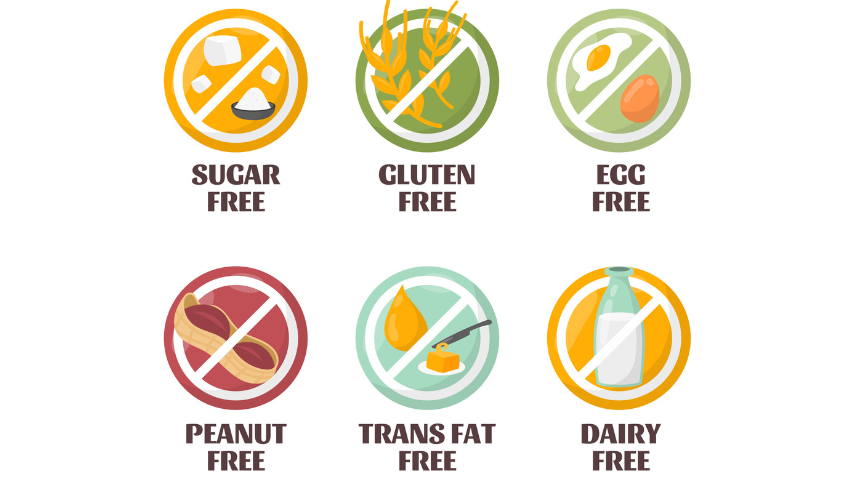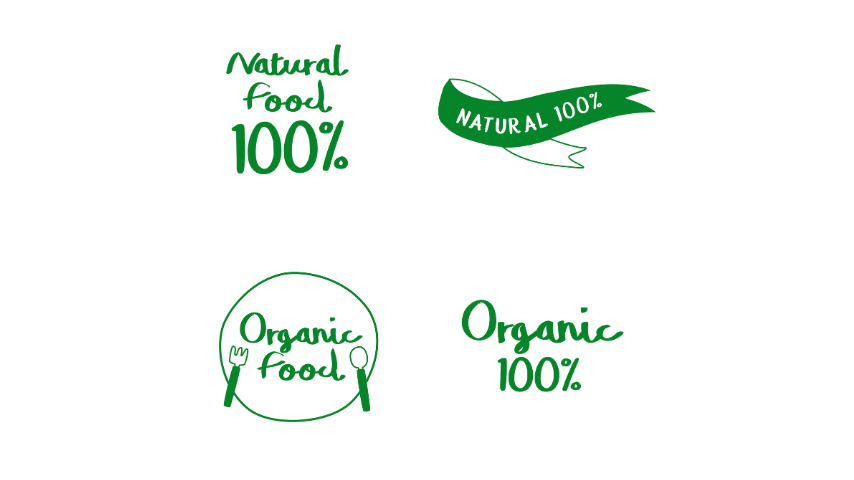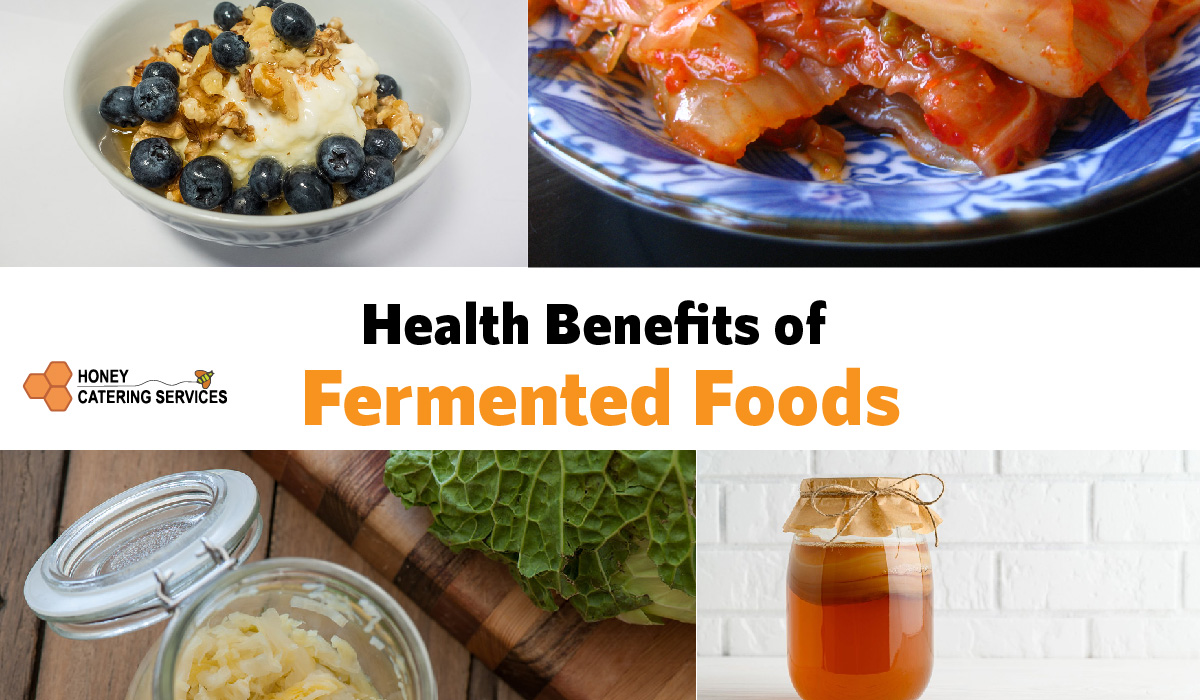In today’s supermarkets, the vast array of food choices can be overwhelming. Food labels are designed to guide us, but the jargon and information can often be confusing. This guide will explore how to read food labels, provide practical examples, and explain FSSAI packaging and labeling regulations, food safety labels, and nutrition labels, focusing on food labeling in India.
What Are Food Labels?
Food labels provide essential information about the product, including nutritional value, ingredients, serving size, and manufacturing details. They serve as a guide to help consumers make informed choices about the food they buy. In India, food labels are regulated by the Food Safety and Standards Authority of India (FSSAI), which ensures safety, transparency, and consumer protection.
FSSAI Packaging & Labeling Regulations
FSSAI guidelines require food labels to include the following critical elements:
- Name of the Food: Clearly stating the product type allows consumers to identify the product quickly.
- Ingredients List: A detailed list of ingredients in descending order by weight, which helps consumers understand what they are consuming.
- Nutritional Information: Comprehensive data on calories, proteins, fats, carbohydrates, sugars, and other nutrients to guide dietary choices.
- Expiry Date and Best Before: Indicates the product’s shelf life, ensuring consumers are aware of freshness and safety.
- Manufacturer Details: Information about the manufacturer, packer, and distributor, promoting accountability and transparency.
- FSSAI Logo & License Number: Confirms compliance with food safety standards, giving consumers confidence in the product.
These regulations aim to protect consumers and provide all the necessary information for making informed decisions about food products.
How to Read Food Labels
Understanding how to read food labels helps you make more intelligent choices. Here’s a breakdown of critical components:

- Serving Size and Servings Per Container: The nutrition facts are based on one serving. If a product has multiple servings, multiply the nutrients (like calories, fat, or sugar) by the number of servings you eat to determine your total intake.
- Calories: The number of calories in a serving shows how much energy it contains. It’s crucial to ensure that your calorie consumption fits your daily energy needs. If you eat more than one serving, your total calorie intake can increase significantly.
- Total Fat, Saturated Fat, and Trans Fat: While fat is essential for energy, you should keep saturated and trans fats low to promote heart health. Ideally, saturated fats should constitute less than 10% of your daily intake, and trans fats should be avoided entirely.
- Sodium: Excess sodium can raise blood pressure and contribute to cardiovascular issues. Look for products labeled as low-sodium, ideally with less than 140 mg per serving, to help manage your intake.
- Carbohydrates: Fiber and Sugar: Carbohydrates are a vital energy source, but it’s essential to focus on:
- Fiber: Aim for foods with at least 3 grams of fiber per serving, as fiber aids digestion and promotes satiety.
- Sugar: Monitor the sugar content, especially added sugars, to prevent weight gain and energy spikes.
Food Safety Labels
Food safety labels are vital for ensuring consumers are aware of allergens, storage instructions, and safety standards. Common labels in India include:

- “Veg” and “Non-Veg” Symbols: A green dot for vegetarian products and a brown dot for non-vegetarian.
- Allergen Information: Alerts consumers to potential allergens like nuts, dairy, or gluten, helping those with allergies make safe choices.
- Storage Instructions: Guidelines on how to store the product to maintain its safety and quality, ensuring proper handling.
Examples of Food Labels
Here are some standard food labels you might encounter:

- Organic: Indicates that the product is free from synthetic pesticides, fertilizers, and GMOs, promoting healthier agricultural practices.
- Gluten-Free: Products free from gluten, suitable for individuals with celiac disease or gluten sensitivity.
- Low-Fat: Contains less than 3 grams of fat per serving, often marketed to health-conscious consumers.
- Sugar-Free: Contains less than 0.5 grams of sugar per serving, appealing to those looking to reduce sugar intake.
Food Labeling in India
Food labeling in India is governed by the FSSAI, which ensures that consumers receive clear, accurate information. The government has recently promoted front-of-pack labeling to highlight critical nutritional information, such as sugar, salt, and fat content, allowing consumers to make quick, informed choices while shopping.
Want to get FSSAI License click here to know
Food Packaging Labels
Food packaging labels serve both legal and functional purposes. They provide essential information about the product’s nutritional content, storage instructions, and expiry dates. In India, labels must display the FSSAI logo and license number to confirm that the food meets safety and regulatory standards.
Healthy Food Labels & Nutrition Labels for Healthy Choices

When shopping for healthier options, look for labels like “low-fat,” “high-fiber,” “organic,” and “natural.” However, verify that these products do not contain high levels of sugar or sodium. Always check the complete nutritional information and focus on labels that highlight low saturated fats, low sugars, and high fiber content. Consider the serving size to ensure appropriate consumption.
10 Different Types of Food Labels
Food labels come in various forms, providing different information to consumers. Here are 10 types of labels to be aware of:

Nutritional Labels: Information about calories, fats, and sugars.
- Organic Labels: Certifies that the product is grown without synthetic chemicals.
- Dietary Labels: Includes gluten-free, sugar-free, and other diets.
- Allergen Labels: Warnings for allergens like dairy and nuts.
- Eco-Friendly Labels: Indicates sustainable packaging.
- Fair Trade Labels: Compliance with fair trade practices.
- Halal/Kosher Labels: Religious dietary compliance.
- Low-Sodium or Low-Fat Labels: Claims about reduced sodium or fat content.
- Best Before/Use By Dates: Ensures freshness.
- Recyclable Packaging Labels: Disposal instructions for sustainability.
Honey Catering Services: Best Catering Services in Chennai
At Honey Catering Services – the best caterers in chennai, we prioritize transparency and quality. All ingredients used in our catering services are clearly labeled and sourced from trusted suppliers. Whether you’re planning a wedding, corporate event, or a private party, we ensure every meal is prepared with strict hygiene and safety standards.
We cater to various dietary preferences, including gluten-free, vegetarian, and vegan options, and clearly label potential allergens. Our packaging and food labels provide peace of mind, ensuring every dish meets the highest standards. Honey Catering Services, the catering services in Chennai correctly takes care of the fresh ingredients in our catering.
Conclusion
Decoding food labels is an essential skill that empowers you to make healthier, safer choices. From understanding FSSAI regulations to interpreting nutritional information, this guide equips you with the tools to take control of your diet. Prioritize whole foods with clear labels to choose the best products for you and your family. For your events, Honey Catering Services offers a catering experience that emphasizes quality, safety, and transparency in food labeling.



